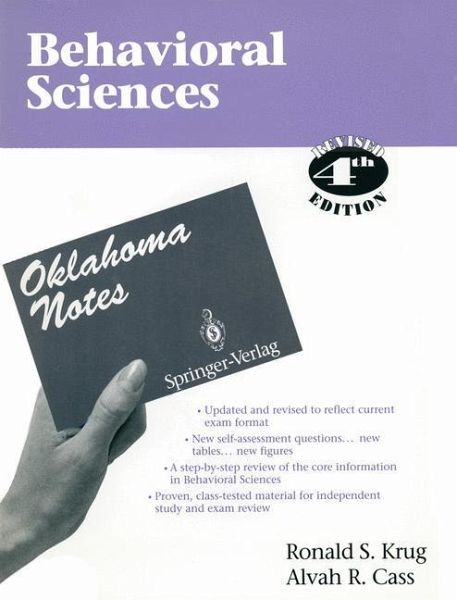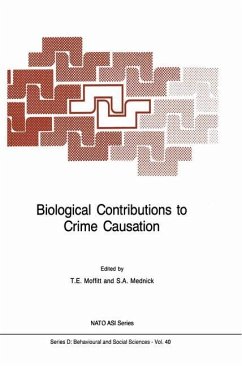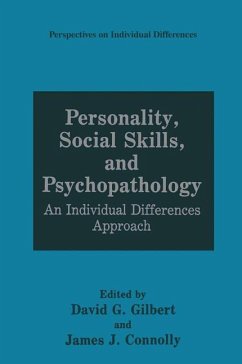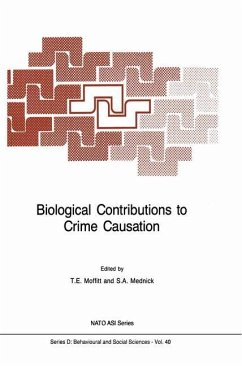
Behavioral Sciences

PAYBACK Punkte
38 °P sammeln!
Since 1975, the Oklahoma Notes have been among the most widely used reviews for medical students preparing for Step 1 of the United States Medical Licensing Examination. Completely revised and updated, these new editions of the Notes feature: More self- assessment questions, geared to the current USMLE format; more tables and figures to promote rapid self-assessment and review; low prices; and coverage of just the information needed to ensure Boards success.














